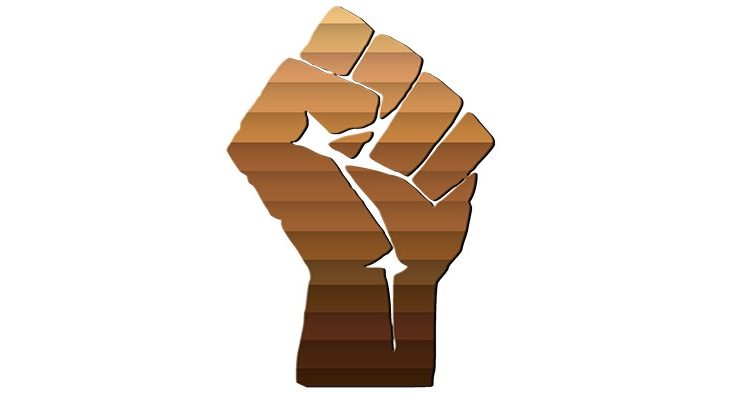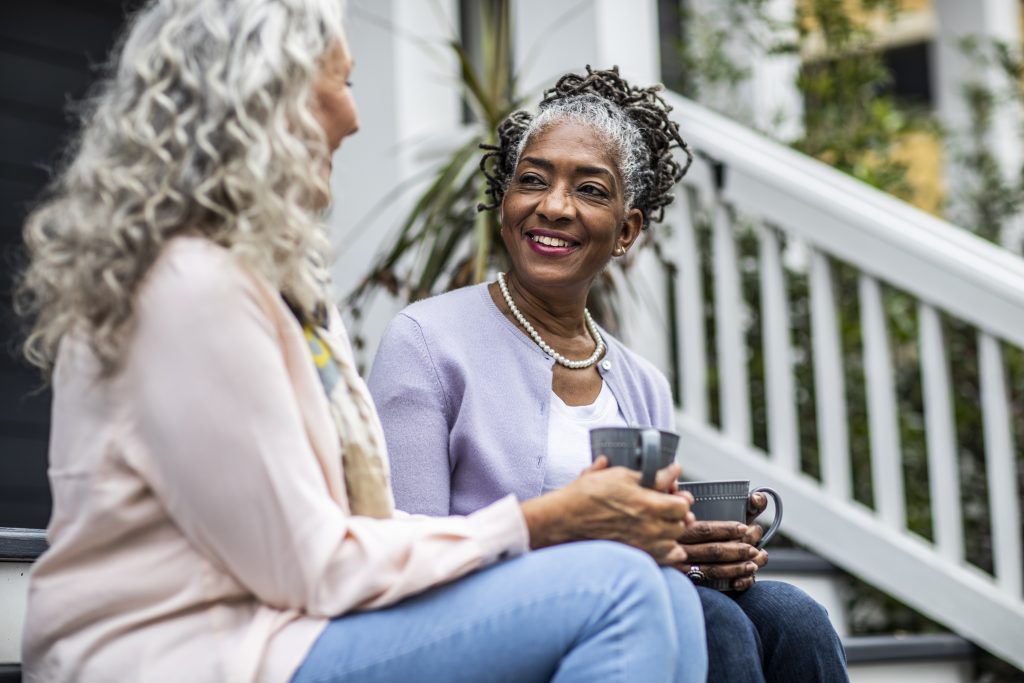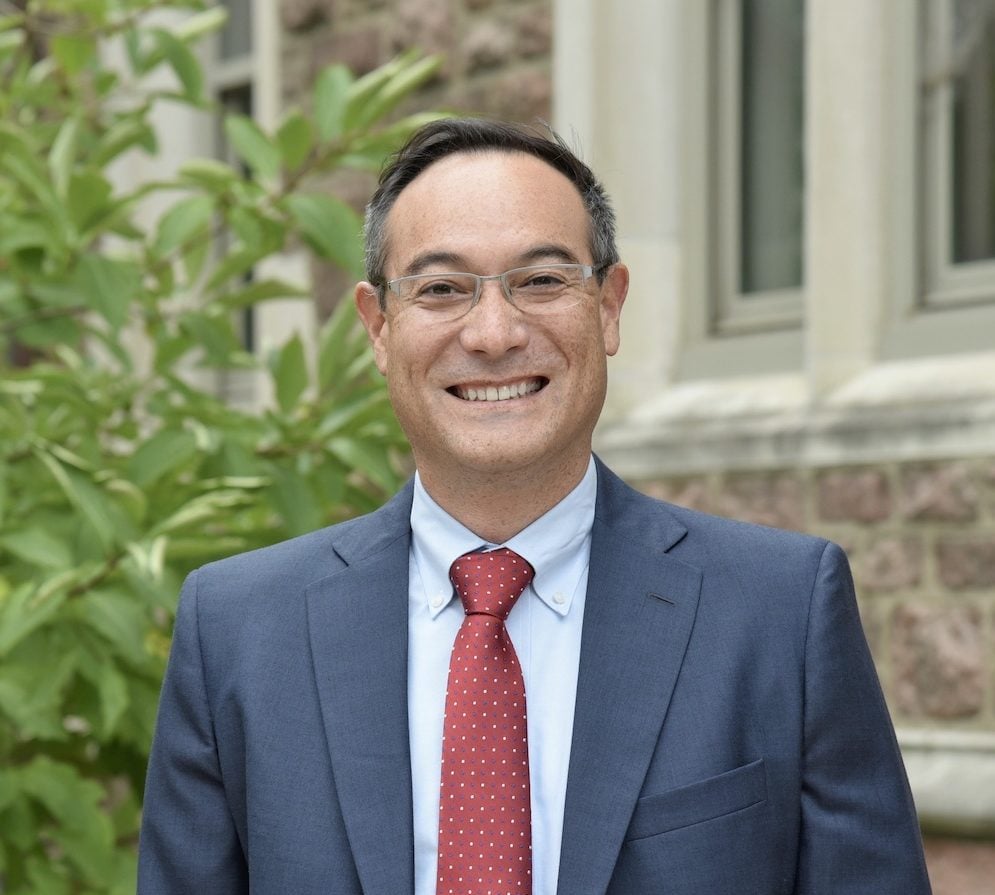‘BIPOC’ and the Politics of Race in the U.S.
February 25, 2021

Raja Gopal Bhattar, Ph.D., (they/them/theirs) hails from a long lineage of Hindu spiritual leaders from the Srivaishnava tradition. They are a higher education leader, advocate, and consultant. Bhattar is a 2020 Interfaith America Racial Equity Fellow.
If you are in social justice circles, you probably have heard the term BIPOC (Black, Indigenous and other People of Color) in place of other terminology to describe People of Color (which has commonly included all non-White racial identities). Especially given the visibility of Anti-Black violence and impact of COVID on indigenous communities, BIPOC has come to be popular in highlighting the continued impact of forced enslavement, displacement and destruction of cultures through the colonization of what we now know as the United States. While the term came into use in the early 2010’s, it has gained more popularity and recognition since mid-2020.
What I appreciate about this term is that it seems to have come from within the community and centers the effect of intergenerational trauma and structural violence still plaguing these two racial communities in the U.S. The blatant Anti-Blackness within white and other racial communities, colorism, disproportionate health risks and outcomes, lack of access to appropriate medical care and impact on life expectancy and loss of culture are all well documented by scholars and community leaders. While I support and value the unique struggle of Black and Indigenous people, I believe this term does more harm than good for non-white people. We already know that even the terms Black, Indigenous, Asian, Latinx, Middle Eastern/Arab and White are overly simplified categories that strip communities of our unique ethnic, national and regional diversity and immigration histories within each group and were developed from overgeneralizations to aid colonization. This is exactly what happened to Black people as they were forcefully enslaved and experienced erasure/destruction of much of their history, culture, language, families, and homelands. Similarly, Indigenous people of North America were the target of genocide, relocation, religious conversion and other atrocities. While Latinx, Asian, Desi and multiracial people have different immigration patterns, and degrees of cultural colonization and access to whiteness in the U.S., many of these processes were developed due to xenophobic U.S. immigration policies and practices and political violence in other parts of the world due U.S. foreign policy. Going to earlier history, the “discovery” of the Americas by European “explorers” was an accidental result in their journey to find yet another path to continue exploitation and colonization of the Indian peninsula. Today we collude with and resist these terms and categories in individual and communal ways as our own trauma and healing process continues.
Within this context, what does it mean to lump together people who are not Black or Indigenous into a broad group when we are already made invisible in U.S. race conversations? Where do multiracial people go? When do these groups get to be part of the conversation? As a Desi 1.5 generation, gender-queer immigrant, deeply melanated immigrant, I often wonder what is my place in this work? I’ve been told I’m too close to whiteness to “fully understand” what it’s like to be a Person of Color while also being used as a wedge by white people to fracture solidarity movements and further marginalize Black people. The impact of anti-Asian racist rhetoric and violence in light of 9/11, COVID-19 and other events continue to remind me that I will never be enough to be a part of the racial framework of the U.S, always the “other”. The term BIPOC continues to feed this othering and I would argue is partially the root of targeted anti-Asian violence by other racial communities that we are witnessing. Similar to anti-Blackness, anti-Asianness has been and continues to be a part of American experience as witnessed by the citizenship laws and other policies in U.S. history. We cannot find liberation if we are simply fighting each other, rather than the actual dominant structure that has actually created these systems of oppression that is literally killing Black, Indigenous, Latinx, Asian, Middle Eastern and multiracial people.
Other terms I’ve heard are racially oppressed/marginalized, multicultural, underrepresented, underserved, ALANA (African American, Latinx, Asian, and Native American) and the global majority. Many of these terms label communities from a deficit perspective while trying to name the systemic nature of race in the U.S. Each of these has their own journey in our racial journey that I’m not digging into today. I’ve also noticed a trend of books that uplift the racial trauma of people of color communities in the U.S.; where POC is used as a synonym for Black and Indigenous people and often leave out Asian, Latinx and multiracial communities in the discussion. I find it especially troubling when these books focus on racial healing practices through traditions of Buddhism and mindfulness originating from various Asian cultures. Using us when it’s useful and then making us invisible when no longer needed; isn’t this the true tradition of American imperial, racial and colonial experience for various marginalized communities here and around the world?
So this begs the question, who is actually served by the term BIPOC? I would argue it primarily serves whiteness by naming a hierarchy of oppression in relation to whiteness. If we are talking about the experiences specific to an ethnic, racial or regional community, why not just say Black or Salvadorian or Southeast Asian than BIPOC? Let’s name who we are talking about and the importance of the specificity is needed. While People of Color creates a gigantic umbrella for experiences, it recognizes intersections and differences in how race, and more importantly racism, impacts us. Our complex lived experiences, interrelated solidarity movements and activist ancestors require us to rethink the intention and impact of the term BIPOC. A friend reminded me that the term People of Color actually has been in use for centuries to define our communities. Yet, I acknowledge POC is also overly simplistic but allows for us to be in conversation as we unravel the complexity of complexion politics and strive to honor the various streams of our experiences towards a collective liberation. The sad irony is that even in this discussion, we are using the language of colonizers to engage in this discussion because it is the one common tongue many of us share.
I am committed to continued work towards terminology and frameworks that name and dismantle the unique, deeply rooted and present day violences against Black people and the Indigenous people of this land. How can we accomplish this process with language that recognizes our shared struggle and commitment to social and structural change. I can’t use the privileges I have as a Desi/Asian American towards our collective liberation if I’m not even able to be part of the conversation or community. I’ve been nervous about even sharing this piece but I’m sharing this as a form of vulnerability to bring APIDA voices into the conversation and invite others into dialogue on this topic. So what terms do we use? It depends. It depends on the context, audience and who is using the term. The beauty is in the messiness and complexity. Most important is just asking what words we are using and what is our intended impact?
Further Reading:
Share
Related Articles
American Civic Life
American Civic Life
The Interfaith Legacy of Muhammad Ali: “The Wise Man Changes”
American Civic Life
Faith Based Efforts Work in Vaccine Uptake: Now Let’s Make it Easy



